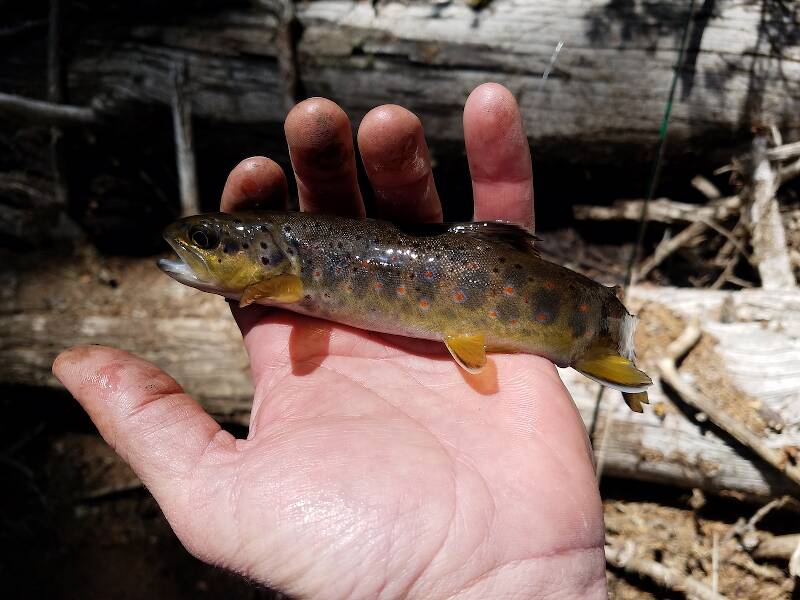
Salmonflies
Pteronarcys californica
The giant Salmonflies of the Western mountains are legendary for their proclivity to elicit consistent dry-fly action and ferocious strikes.
Featured on the forum

Troutnut is a project started in 2003 by salmonid ecologist Jason "Troutnut" Neuswanger to help anglers and
fly tyers unabashedly embrace the entomological side of the sport. Learn more about Troutnut or
support the project for an enhanced experience here.
Wbranch on Jan 25, 2021January 25th, 2021, 4:05 am EST
Since this site is primarily related to fly fishing and most fly fishers pursue their quarry in moving water it is not likely we would have the same criteria to judge rod sensitivity.
Additionally the traditional concept of fly fishing is to employ artificial flies to elicit strikes from the fish. Therefore we don't feel "bites" so much as we feel when the fish grabs at our flies and that action is transmitted through the line to the rod. I'd venture to say 100% of fly fishers want a rod with flex in the tip and a strong butt to assist fighting and lifting fish.
Additionally the traditional concept of fly fishing is to employ artificial flies to elicit strikes from the fish. Therefore we don't feel "bites" so much as we feel when the fish grabs at our flies and that action is transmitted through the line to the rod. I'd venture to say 100% of fly fishers want a rod with flex in the tip and a strong butt to assist fighting and lifting fish.
Catskill fly fisher for fifty-five years.
Red_green_h on Jan 25, 2021January 25th, 2021, 8:28 am EST
As someone who fished large mouth regularly in ponds and lakes in Iowa growing up I don't think sensitivity is a term that is needed when fishing for large mouth. They have one of the most violent strikes of any fish. Whether you're fishing top water or some type of lure you know when a large mouth strikes. There's no mistaking it. I cannot think of one scenario when having a lighter or more sensitive rod would have yielded me more large mouth. There really isn't finesse when fishing large mouth. Either they take it or they don't. When fishing large mouth I usually used a Texas rig with 8 inch plastic black or black/blue worms and never used line heavier than 6 lb test.
Quick Reply
Related Discussions
Topic
Replies
Last Reply
3
Dec 10, 2015
by PaulRoberts
by PaulRoberts
2
Jul 5, 2009
by Pdq5oh
by Pdq5oh
3
Aug 29, 2011
by Sayfu
by Sayfu





